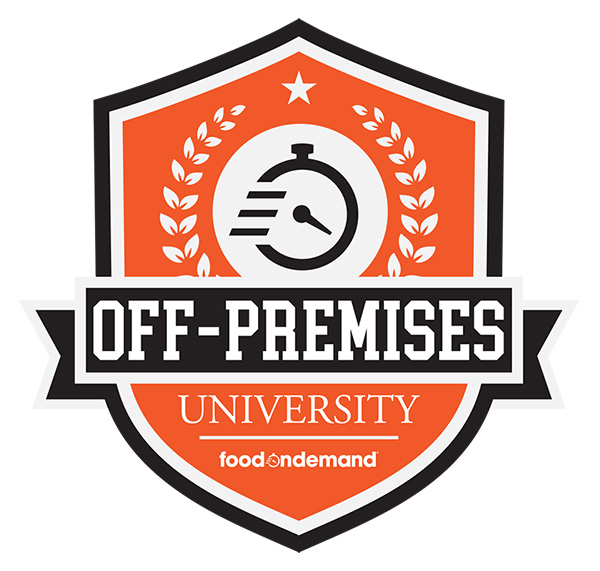Savvy operators may have a trickle or torrent of data coming in through increasingly digital restaurant sales and loyalty channels, and using that data to really drive performance is the next trick.
How to get there was a key topic of a Food On Demand Conference panel titled “Capitalizing on the Newly Digitized Customer.” The panel was stacked with loyalty and data heavyweights including Zack Oates, CEO of Ovation; Niko Papademetriou, SVP sales at Qu; Mike Vichich, co-founder and CEO of Wisely; and Kinesh Patel, co-founder and CTO at SevenRooms. It was moderated by Andrew Peskoe, partner at the law firm Golenbock who oversees its food and beverage work.
There are so many pressing topics under the data umbrella, but wrangling the disparate data is especially impactful. Patel, of the restaurant CRM company SevenRooms, said turning those streams of data into a single lake or source of truth unlocks value through transparency.
“In terms of the category of data, I don’t there’s one type of data that’s more valuable than others. We tend to silo our data here and focus on one type instead of combining it and looking at it as a synthesized whole,” said Patel. “The real power is not having the data, it’s the way you combine it together and make insights. That’s the real value of data.”
That’s not a new sentiment by any means, but the speed at which insights can be gleaned from that single data reservoir means it’s more important than ever to collect what data there is.
“It’s not just looking at what’s happening, but creating the data that proliferates out and comes back in, the control and speed to insights is where the value of data lies,” said Papademetriou, of the point of sale and loyalty platform, Qu. “There are machine-learning algorithms that can do that. So, when we know what’s going on, we can affect the change immediately, we can do it in the middle of a transaction.”
Using high-tech algorithms to develop insights instantaneously is a sea change, exciting to the tech geeks, but there’s real value beyond the flash. How those day-to-day interactions and instant insights affect the various guests is what drives the results.
“That’s what we were trying to do on Wisely, grab as much data for the customer and use it to drive sales,” said Vichich, who is heading to Olo after the integration giant acquired Wisely. “Top five percent of customers drive 30 percent of sales, the top 20 percent will drive 60 percent so there’s no such thing as an average customer. That’s something that’s really important to do. Who are these people, why do they come?”
He said that’s important when looking at things like feedback. Is the feedback from a first-time customer or a longtime regular? It’s also little tactical insights like where to put servers. If one server gets people to come back again, but another drives higher tickets with upsells, where do you seat a first-time guest or one of those regulars? Those are the kinds of real-time decisions that are possible when operators have an actionable data source and, as Vichich said, “customer lifetime value is the DNA” of an operation.
Smarter guest feedback is another piece of the puzzle that came up during the panel. Replicating the comment card or table check is possible through technology, and in some ways it’s a dramatically more powerful tool to cut through the niceties.
“If it was good, they’ll say it was good. If it was bad, they’ll say it was good and then leave a bad review,” said Oates, who said Ovation makes it easier to feel anonymous and leave real feedback. “When you mess up with the guest, how do you make it right, how do get them to give you that frictionless feedback and discover trends along the way?”
It reaches the off-premises world, too. He pointed to Cali BBQ, one of his clients using feedback tools. The owner was getting bad feedback about delivery brisket, but dine-in customers loved the product. The issue was restaurant employees asked the question: “fatty or lean?” Online, there was no distinction.
“He had no idea that people were having a bad experience,” said Oates. “But it was finally easy enough to get that feedback, he fixed the issue, online orders went up and satisfaction went up.”
Instances like that are enticing, but perhaps the biggest trick is identifying the right technology partner. That, Oates said, should be a very analog process.
“What do we want or need, it’s all really scary,” said Oates. “Take a step back and say what is your goal, what do you want to accomplish. Then, what technologies are going to help us get there?”




